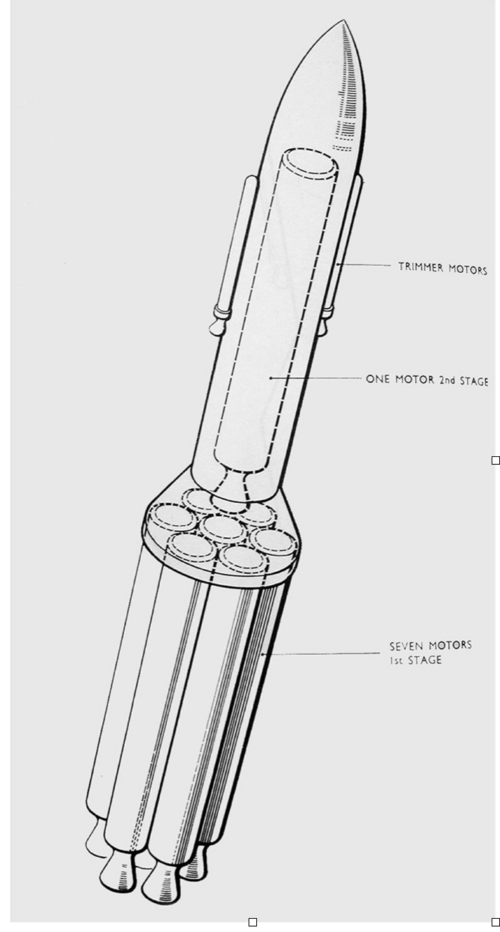I'm rather sceptical about that and (unless you can produce a long list of lessons learned from those projects that were of financial benefit to Great Britain Ltd) the most important lesson from the above was how not to do it.
If you can, equally important lessons about structures, aerodynamics and avionics may have been learned from the projects that I propose to put in their place. With the bonus that there is more hardware to show for the expenditure.
For what it's worth I've not mentioned the Avro 730 or PT.428. However, if I remember correctly, they closed the factory when Blue Water was cancelled so all science/industry may have learned from that is how to write several thousand P.45s.
Also one saves money and reduces costs. A cost saving really means that more money was spent not less.
Ok, I don't want to derail your thread too much, but I think its worth me getting this off my chest, from a historian's point of view.
You have to be sceptical of the motives of why
Flight published its list and why Wood later expanded it in his book.
All of those were cancelled projects - cancelled at some point of their development, some were barely more than sketches, some were semi-built prototypes and some were in production or production ready.
The gist of the price list is that the government/Services wasted millions by starting projects that they wanted and then decided that they didn't want or simply didn't work or were surpassed by newer technology. At no point does that list assign who was to blame for cancellation - was the Swift crap because the RAF/MoS failed to write proper specifications for it or because Supermarine couldn't actually design a decent handling fighter? There was a lot of white-washing that all the cancellations were due to politicians and the industry portrayed itself the victim. The truth is that the Ministries and Services did balls up a lot of stuff and the industry did genuinely design some clangers and failed to grasp everything the customer wanted and wasted time on dead-ends too. It was a 50/50 cock up.
The price list is of course a cost list, a sum of all the taxpayers money that was poured into these projects. I tot up (roughly) £473.5 million on your list. That is for £473.5 million quid's worth of designer's time, draughtsmens' ink, metal, machine shop work, prototypes, long-lead parts, metal bashing, experiments, wind tunnel time, testing etc. It's all for work done. All the money was spent by industry and the industry in
Flight in totting up the list were not saying "the government shouldn't have given us £500 million-worth of work in a decade" but "you only gave us £500 million and didn't let us finish the job and we have nothing to show for it."
But all that work had some benefit, R&D effort was not entirely wasted as that fed into later designs. That experience was not always directly useful, of course waste is uneconomic and to be avoided, but not every cancelled project was a total loss.
I agree some projects ought never to have been begun and some should not have been cancelled, others should have been cancelled sooner. I agree that proper rationalisation and selection of requirements could increase efficiency and reduce a lot of waste. But I would not view it that cancelling one project automatically frees funds, or resources for something else and its not always a net gain, sometimes there are losses too.

